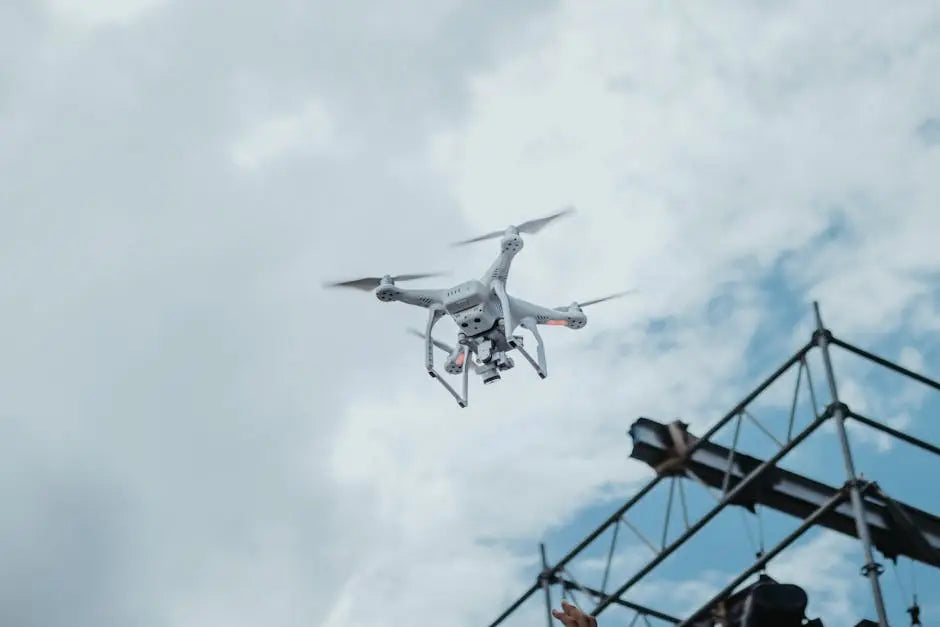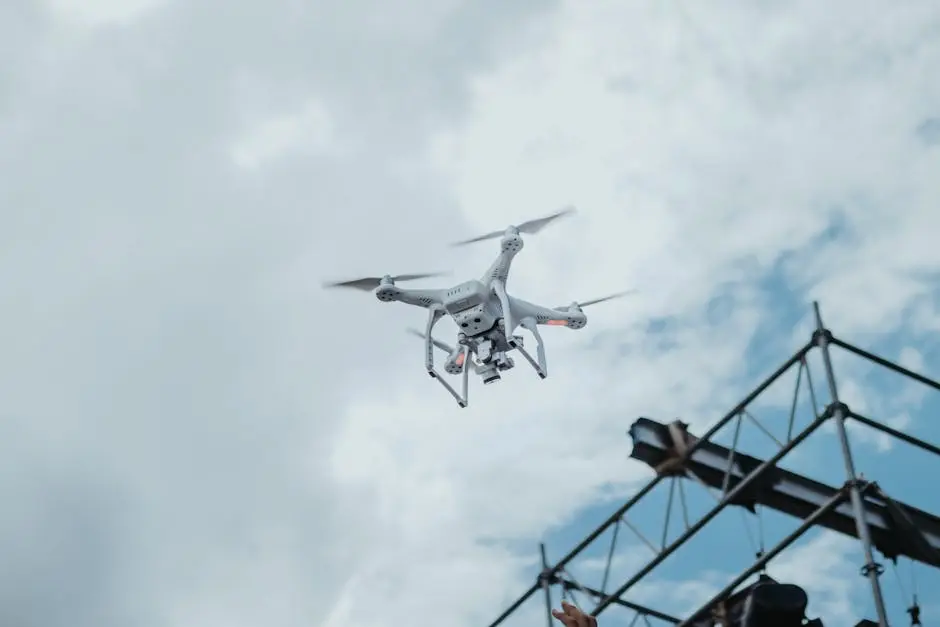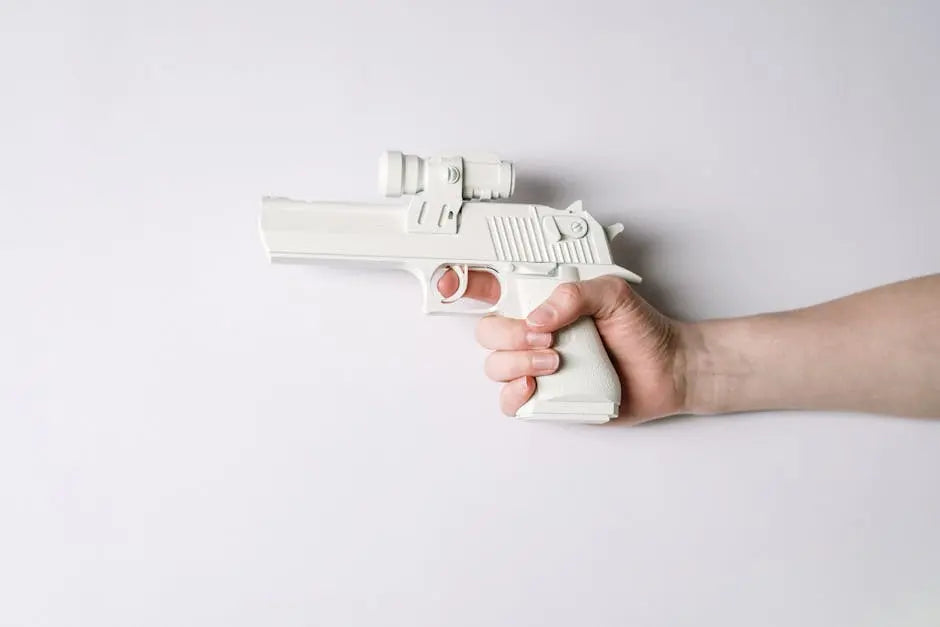In the evolving world of drone technology, Bluetooth radio has emerged as a game-changer, making the flying experience more accessible and enjoyable than ever before. Join us as we dive into the ways Bluetooth connectivity is revolutionizing our interactions with drones, from setup to flight, and everything in between.
The Basics of Bluetooth Radio in Drones
To understand how Bluetooth radio transforms the drone experience, it’s crucial to grasp the basics of this technology. Bluetooth radio allows for wireless communication between devices over short distances. In the context of drones, this means your controller and drone can connect without the need for cumbersome wires or complicated setup processes. This simplicity is at the heart of what makes Bluetooth-enabled drones so appealing to both hobbyists and professionals alike.
Unlike traditional radio frequencies that may require specific configurations or can suffer from interference, Bluetooth offers a reliable connection that resists common disruptions. This ensures a smoother flying experience, free from the anxiety of losing control due to signal loss. Furthermore, because Bluetooth technology consumes less power, drones equipped with this capability can often enjoy longer flight times compared to those using more conventional communication methods.
Simplifying Setup and Connectivity
One of the most immediate benefits of Bluetooth technology in drones is the ease of setup and connectivity. Gone are the days of fumbling with wires or struggling through complex synchronization procedures. With Bluetooth, it’s as simple as turning on your drone and controller and letting them automatically connect. This user-friendly approach not only saves time but also makes flying drones more accessible to beginners, who might be intimidated by more complex systems.
This streamlined process extends beyond just the initial connection. Bluetooth technology allows for the quick and easy exchange of data between the drone and your device. Whether you’re updating firmware, downloading flight logs, or sharing videos and photos, Bluetooth facilitates a level of convenience that was previously unattainable. It’s technology like this that brings the joy of drone flying to a broader audience, making it a hobby or tool that’s more inclusive than ever.
Enhancing the Control Experience
The control experience of drones has been significantly enhanced by the advent of Bluetooth radio. The responsive nature of Bluetooth connectivity provides pilots with a more immediate and intuitive control over their drones. This is particularly evident in the precision of movements and the ability to make quick adjustments. The real-time feedback between the drone and the controller means that every input from the pilot is accurately translated into movement, making the flight smoother and more predictable.
Extending Battery Life for Longer Flights
An often overlooked advantage of Bluetooth technology in drones is how it aids in extending battery life. Bluetooth’s low energy consumption means less power is drawn from the drone’s batteries to maintain connectivity with the controller. This efficiency translates to longer flight times, allowing users to explore further and capture more content without the worry of frequent recharging. It’s a subtle yet impactful way that Bluetooth enriches the drone flying experience.
Real-Time Data Transmission
Bluetooth technology shines particularly bright in its capacity for real-time data transmission. This feature is crucial, especially when considering applications like live-streaming video footage from the drone to a smartphone or tablet. Pilots can see exactly what the drone sees, as it happens, adding a layer of immersion and control to the flying experience. Moreover, instant transmission of flight data and diagnostics helps users monitor their drone’s condition in real-time, promoting better maintenance and longer drone life.
The Impact on Drone Racing and Photography
Bluetooth radio has left a significant mark on specific drone use cases, such as drone racing and aerial photography. In the high-speed world of drone racing, the reduced latency offered by Bluetooth connection means racers can navigate more precisely, giving them a competitive edge. For photographers and videographers, the ability to swiftly transmit high-quality images and videos directly to their devices not only streamlines the content creation process but also enhances their ability to capture the perfect shot.
Future Trends in Bluetooth and Drone Technology
Looking towards the future, the synergy between Bluetooth and drone technology promises even more advancements. Innovations in Bluetooth capabilities, such as increased range and faster data transmission rates, could unlock new possibilities for drone applications. Imagine drones flying further and more autonomously, executing complex tasks with greater efficiency, all while maintaining a stable connection. As these technologies continue to evolve, the sky’s the limit for what they can achieve together.
Embracing the Future with Bluetooth-Enabled Drones
As we’ve explored, the integration of Bluetooth radio in drones offers a plethora of benefits that enhance the flying experience. From seamless setup processes to improved control and real-time data transmission, Bluetooth technology ensures that your drone flying is as enjoyable and efficient as possible. So, the next time you take your drone out for a spin, remember the sophisticated technology that makes your experience smooth and hassle-free.






Leave a comment
This site is protected by hCaptcha and the hCaptcha Privacy Policy and Terms of Service apply.